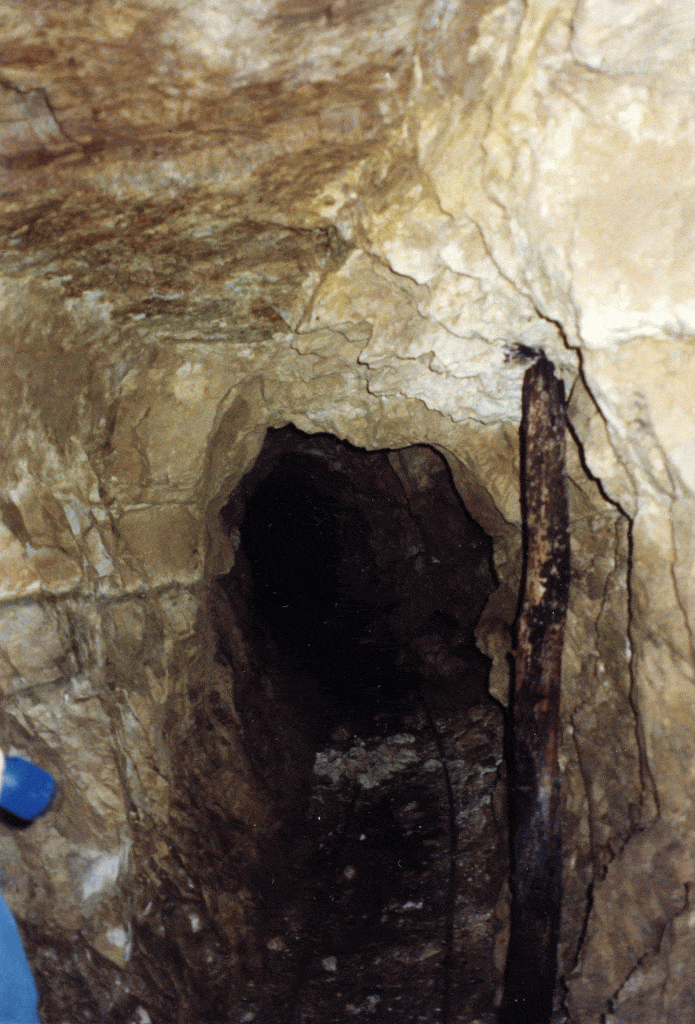There were several successful, well-known mines in Park City. The Ontario, Silver King, and Daly West come to mind. However, some mines were worked over a long period of time but never made it big. This is about one of those mines – the John the Revelator mine in Snake Creek Canyon.
According to popular lore, the mine got its unusual name when a prospector, looking up into the hills, had a revelation that ore would be found at the site of the mine. There is no proof of the tale, however, and the claim was not the first in Snake Creek Canyon. Plenty knew ore was there.
The Revelator was first worked by Fred Hayt, formerly Park City’s postmaster. However, in the 1880s, a Dr. Silas Reed staked the claim, as well as several on Pioneer Ridge, and filed a lawsuit against Hayt. In December 1885, while the lawsuit was still pending, Reed applied for a patent on the “John, the Revelator” mine.
Silas Reed was born in Ohio in 1807. He earned his medical degree from the Medical College of Ohio when he was just nineteen, and practiced medicine in Ohio, Illinois, and Missouri.
In 1838, Reed married and moved to Boston. There he advocated for the extension of the railroad system to the Pacific, publishing on the topic in national newspapers. His efforts earned him the nickname, “The Mad Doctor.” Of course, the railroad was eventually extended, and Dr. Reed is likely one of the men in Thomas Hill’s famous 1881 painting, “The Last Spike.”
In 1842, President Tyler appointed Reed Surveyor General for Illinois and Missouri. When Tyler wanted to improve his relationship with Senator Benton of Missouri, it was Reed who recommended he appoint Benton’s son-in-law John Fremont, to lead a military expedition west, similar to the Lewis and Clark expedition. President Tyler adopted Reed’s recommendation over the objections of senior Army officials. In the end, Tyler’s relationship with Benton was solidified and Fremont became a legend.
Reed became involved in mining in the early 1850s, running a mining and smelting operation in Missouri. He sometimes loaned mining and geology books to a neighbor’s son, none other than George Hearst, the mining magnate who made millions off the local Ontario Mine. In his autobiography, Hearst referred to Dr. Reed as his “old mining friend and teacher.”
Reed was appointed Surveyor General for the Territory of Wyoming when it was established in 1868. While there, he became embroiled in a scandal involving surveying contracts. He resigned in 1875 and spent the remainder of his life focusing on his mining investments.
While in Park City reviewing claims in October 1886, Reed caught a cold that quickly developed into pneumonia and died. He was seventy-nine.
Despite Reed’s long and interesting life, his obituary in the Park Record gave him short shrift, focusing instead on the prospect that his claims, which had been tied up in litigation, might now be worked.
Next week, we’ll look at working the John the Revelator mine.

Photo credit: Park City Historical Society and Museum, Hal Compton Collection